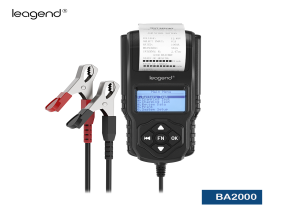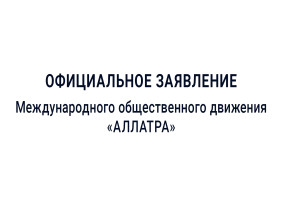Highlights:
- Revenue Drops 4%: Caterpillar’s Q3 revenue declined as demand for construction and resource equipment weakened.
- EPS Misses Estimates: Adjusted EPS fell to $5.17, below expectations, with profit margins narrowing.
- Profit Guidance Unchanged: Price increases expected to offset lower sales, supporting stable profit guidance.
Caterpillar Inc (NYSE:CAT) reported third-quarter results revealing a 4% drop in revenue, falling short of profit expectations amid weaker demand for its construction and resource segments. The revenue figure of $16.1 billion met analysts’ forecasts, although the company’s adjusted earnings per share (EPS) of $5.17 came in below the anticipated $5.34. The adjusted profit margin also saw a slight decrease, dropping from 20.8% to 20%, as Caterpillar navigated challenging conditions in its core construction equipment market.
Construction and Resource Segment Sales Decline
The main driver behind Caterpillar’s revenue decline was reduced demand in its construction and resource segments, where sales fell by 9% and 10%, respectively. The company attributed this decline to lower equipment sales to end-users, which impacted sales volumes across key markets. Changes in dealer inventories also had an unfavorable effect on volume, signaling more cautious inventory management among distributors.
Energy and Transportation Segment Growth Offers a Silver Lining
Despite the downturn in construction and resource segments, Caterpillar’s energy and transportation division provided a bright spot with increased sales. This growth underscores the resilience of Caterpillar’s diversified portfolio, which includes energy solutions and transportation equipment that are less sensitive to the cyclical pressures affecting the construction industry. The strong performance in this division helped mitigate some of the revenue losses experienced elsewhere.
CEO Jim Umpleby commented, “Our third-quarter results reflect the benefit of the diversity of our end markets,” highlighting Caterpillar’s capacity to adapt to shifting market conditions. With cash flow reaching $3.6 billion, Caterpillar maintained a robust liquidity position, underscoring the company’s financial stability amid a softening demand landscape.
Lowered Sales Outlook, but Stable Profit Guidance
While Caterpillar adjusted its sales expectations slightly downward for the remainder of the year, it left its profit guidance unchanged. The company noted that recent price increases are expected to offset lower sales volumes, a move designed to protect profitability despite challenges in key segments. This approach highlights Caterpillar’s strategy of managing costs and pricing to sustain margins, even as certain markets, like construction and resources, face pressures.
The pricing adjustments indicate a proactive stance on margin protection, a vital component of Caterpillar’s financial strategy, particularly in times of fluctuating demand. The company’s ability to maintain stable profit guidance without drastic changes to its cost structure suggests a balanced approach to pricing and operational efficiency.
Market Reaction Reflects Modest Concern
Following the results, Caterpillar shares dipped by 1.6% to close at $381.49 on Wednesday. This moderate decline reflects a tempered response from the market, acknowledging both the revenue shortfall and the company’s commitment to stable profitability. Caterpillar’s diversified portfolio and its focus on offsetting sales challenges with pricing measures have provided some reassurance to market participants, though the outlook for construction and resources will remain under watch.
Positioned for Future Resilience Through Diversification
Caterpillar’s third-quarter results underscore the value of its diversified business model in navigating sector-specific challenges. While construction and resource segments face near-term pressures, the company’s strength in energy and transportation provides a valuable hedge. This diversified approach not only supports financial stability but also positions Caterpillar to capture opportunities across different markets as demand dynamics shift.
Looking forward, Caterpillar’s commitment to balancing pricing adjustments with market conditions and its emphasis on cash flow strength will be key to maintaining resilience. As the company adapts to the current demand environment, its strategic positioning and proactive financial management continue to underpin its long-term outlook.
In summary, Caterpillar’s Q3 results reflect a challenging environment for its construction and resource segments but showcase the benefits of its broader portfolio and flexible pricing strategy. With a stable profit outlook, Caterpillar remains focused on leveraging its diverse market presence and operational efficiency to weather shifting industry conditions.



